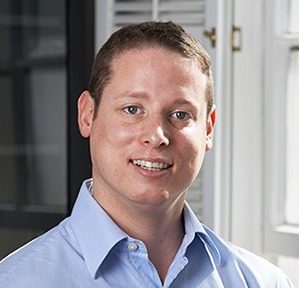Dive into the world of PAYE investigations. Uncover the facts, implications, and insights in this informative blog
Research and Development (R&D) tax credits arrived for small and medium sized enterprises (SMEs) in 2000 and for large companies in 2002.
R&D credits are a Corporation Tax relief that encourage innovation and enterprise within the UK economy. However, there is a common misconception that R&D tax credits are only available for very specific scientific type research. The availability of R&D tax credits is far wider than many think.
Companies can apply for R&D tax relief if they are developing new or improved...
- systems
- processes
- services
- or products
... in the areas of technology or science.
R&D Project Rules
The R&D project in question must relate to the company’s trade and can be used by an existing company or by new start-ups. Small and medium-sized enterprises can claim R&D tax credits of 230% for expenditure incurred on or after 1 April 2015. There are different rules for large companies.
Recent figures published by HMRC have suggested that some 15,000 SME businesses claim over £800m in credits each year. However, many more companies could qualify. Interestingly, R&D credits can be used by a company in tandem with the SEIS. While the R&D tax credits scheme and the SEIS both offer generous tax advantages this can be even more striking when the schemes are used together.
Worked Example
For example, a start-up looking to establish itself in the hi-tech arena could secure SEIS funding and then use this money to create a new hi-tech platform that would qualify for R&D tax credits. The R&D work could allow for a 130% uplift in qualifying spend and create a tax refund in the new loss-making company.
Claims for R&D tax credits are made on the company’s UK Corporation Tax return.
Even better, once the SEIS funds have been used, the start-up could go on to raise additional finance using the EIS and continue with its R&D activity and corresponding tax credits.
To find out what you could apply for get in touch with us now.


